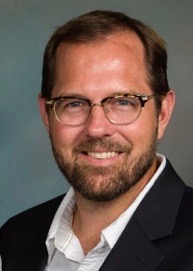In honor of the Berkley Center’s “Courtyard of the Gentiles” events this week, we invited scholars to reflect on the relationship between religious freedom and the arts. We asked scholars how robust religious freedom may promote culture and the arts or how a lack of such freedom can find an outlet in artistic expression.
By: Kevin M. Doak
The publication of Endo Shusaku’s Kiku’s Prayer by Columbia University Press in December 2012 is a godsend to those interested in the intersection of fiction and religious freedom. The work was first serialized in the Asahi Shimbun, between November 1980 and June 1981 and published by Asahi as a book titled Onna no issho: Kiku no baai (A Woman’s Life: The Case of Kiku) in 1982. Presented as a two-part work, the second part of A Woman’s Life (The Case of Sachiko) is yet to be translated into English. Like Endo’s more famous works Silence and Samurai, it is a historical novel, deeply based in actual historical events. But unlike those two novels, it is not about the onset of religious persecution against Catholics in early 17th century Japan. Rather, it takes place in the middle of the 19th century, after the return of Catholic missionaries under the Ansei Treaties of 1858 that allowed Christian ministers into Japan but only for the service of Western residents. This remarkable historical period—a time of transition, globalization, cultural exchange, and uncertainty—affords Endo a unique perspective on the relationship of modernity and religious freedom. It turns out that in Japan, at least, that relationship was a deeply problematic one.
Contrary to the common assumption that religious freedom is a result of modernity, Endo draws on modern Japanese history to present a different history. Roughly 50,000 Catholic Japanese had survived underground during two centuries of persecution that began in the early 17th century. On March 17, 1865, one of them—Isabella Sugimoto—approached Fr. Petitjean in the Church of the Twenty-Six Martyrs in Nagasaki to announce that she and her circle had “hearts identical to yours.”
What immediately followed this brave declaration of her Catholic faith was not the religious freedom that Sugimoto had hoped the advent of the West secured. Rather, the shogunate renewed its persecution of the now above ground Japanese Catholic community with unexpected intensity. But the shogunate fell in 1868, and with the Meiji Restoration, there were calls throughout the nation to open the country to new knowledge, particularly from the West. So, once again the hopes of the Catholic Japanese were raised, and once again they were dashed. What followed in the early years of Meiji “modern” Japan was the most wide-scale persecution of Catholics yet. In January 1870, 3460 Catholic Japanese were deported to concentration camps in twenty different locations around the country. Kiku’s Prayer deals with one particularly cruel camp in Tsuwano, and it provides a fairly good sense of what religious persecution looked and felt like.
What makes Kiku’s Prayer so effective is not merely the compelling nature of these historical events that provide the backdrop for the novel. Endo employs his literary genius to bring the reader into the twists and turns effected by religious persecution by telling his story as not one but two parallel love stories: one revolves around the non-Christian Japanese girl Kiku, who falls in love with the Catholic Seikichi, who ends up imprisoned at Tsuwano. This story is matched by an unlikely romance between Kiku’s non-Christian friend Mitsu and a beggar named Kumazo.
With his customary nuance and sensitivity, Endo shows how religious persecution affects them all, Christian and non-Christian, even while the reality of personal conversion and doubt challenges fixed religious identities. Ultimately, modernity and the West do factor in, as Endo recounts the historical fact that it took pressure from the Western Powers (including a personal appeal by President U.S. Grant) to get Japan to drop its persecution of Christians in 1873. Yet, as Endo’s novel reveals, many lives would never be the same—nor would Japan, which has remained committed to religious freedom ever since. Nor will you be the same after reading this masterpiece.
Kevin M. Doak holds the Nippon Foundation Endowed Chair and is also Professor of Japanese Studies in the Department of East Asian Languages and Cultures at Georgetown University.
This piece was originally authored on April 7, 2014 for the Religious Freedom Project at Georgetown’s Berkley Center for Religion, Peace, and World Affairs.
THE RFI BLOG
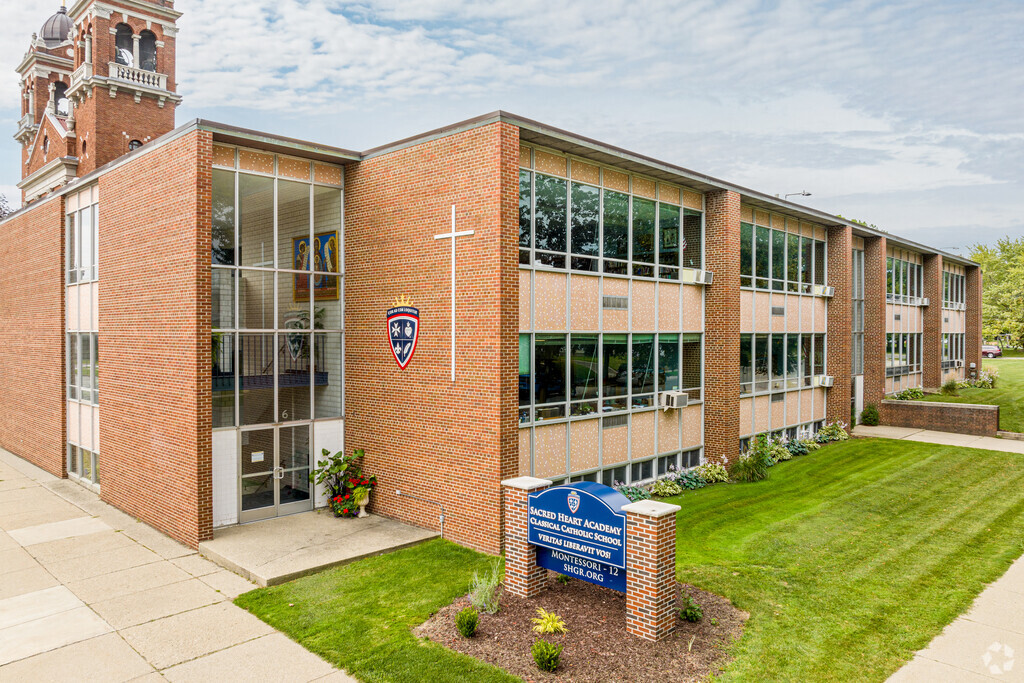
Be More Faithful, Become More Resilient: An Invitation to Religious Institutions

How Soccer Reveals Different Meanings Of ‘Secular’ In France And The US
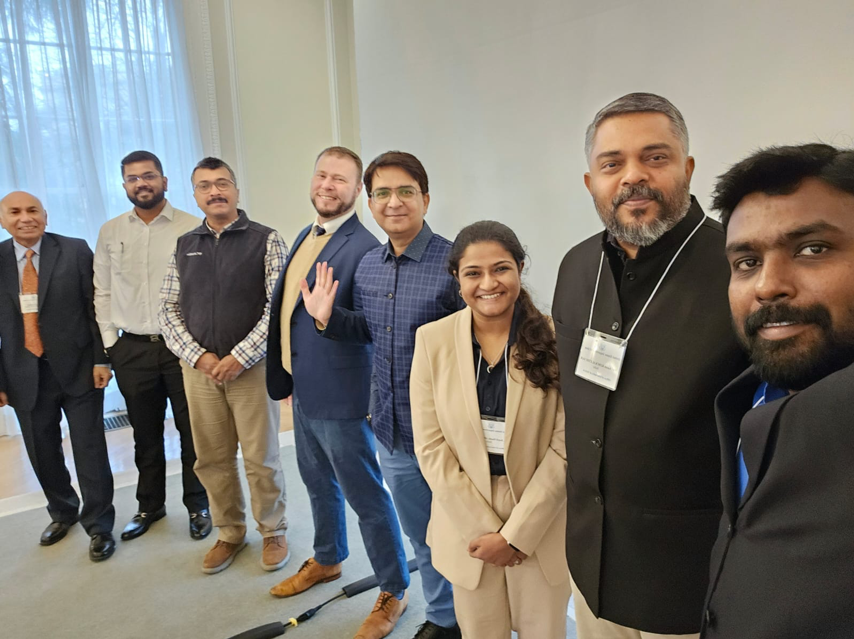
RFI’s Ismail Royer Meets with Delegation from India
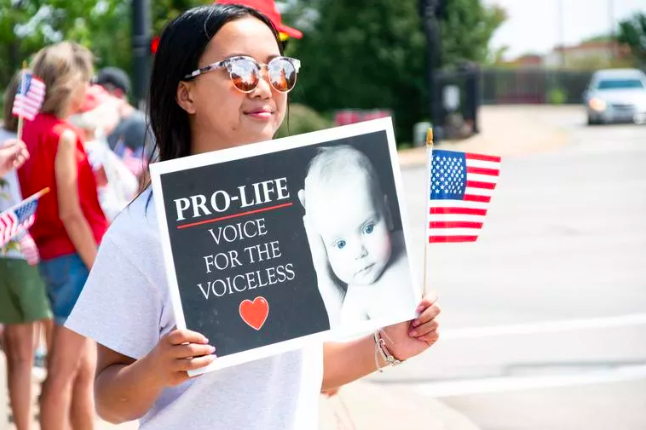
Protecting the Unborn, Mothers, and Medical Ethics: The Stakes of Arkansas’ Amendment
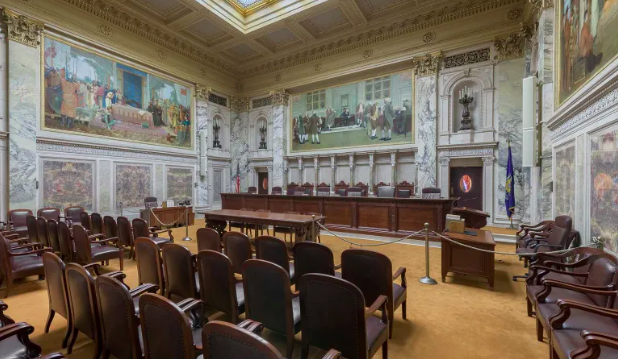
Wisconsin Supreme Court Punishes Catholic Charities for Serving Everyone
CORNERSTONE FORUM

Public Bioethics & the Failure of Expressive Individualism

Religious Liberty in American Higher Education

Scotland’s Kate Forbes and the March of Secularism

70 Years of Religious Freedom in Sweden: Prospects and Challenges
